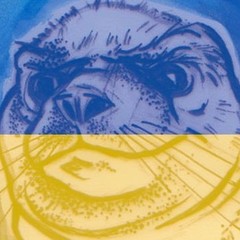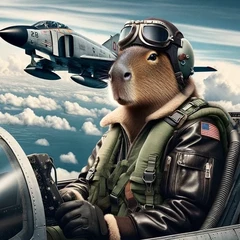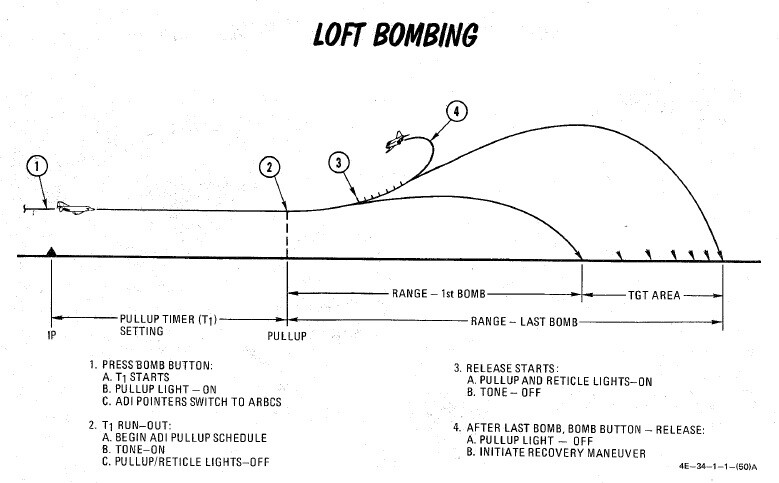Leaderboard
Popular Content
Showing content with the highest reputation on 05/29/24 in all areas
-
Hello, can you add Iranian missiles mod? Like Sejil, Emad, fattah, Fateh 110, Khorramshahr 4, and if you can add Iranian air defenses like 3rd Khordad and Bawar 373, and anti-ship missiles such as the Noor and Nasr missiles and the Persian Gulf anti-ship ballistic missile, it will be great. https://free3d.com/3d-model/iran-missiles-9656.html https://free3d.com/3d-model/iranian-noor-cruise-missile-6936.html https://sketchfab.com/3d-models/sejil-2-7589a1ddbb4e4aa0adccb5097a42dda7 https://sketchfab.com/3d-models/ghadr-1-cf05000a03564ed3adf4b1c71d990624 https://www.nti.org/analysis/articles/iranian-ballistic-missile-models/ https://www.cgtrader.com/3d-models/military/other/fattah-iranian-hypersonic-missile-3d-model https://sketchfab.com/3d-models/zolfaghar-bb4c4b1f249f4bcfb66d18f746ca55eb https://sketchfab.com/3d-models/emad-fef04dfdbd2743e3b73dafaa70df6772 https://sketchfab.com/3d-models/qiam-16768823cbf5433ab0a570c0959817d6 https://sketchfab.com/3d-models/dezful-ed0a7f56fdcb44de82aaf69ce891ac09 https://sketchfab.com/3d-models/sam-third-of-khordad-51d79d6457474d3398abf2e8d95dd6aa https://www.turbosquid.com/ko/3d-models/3d-bavar-bavar-373-1678220 https://free3d.com/3d-model/taer-2-missile-2700.html https://www.mvrsimulation.com/model/sayyad-4irwhite https://sketchfab.com/3d-models/zolfaghar-road-mobile-missile-ca9474340b7b4ecf800ffa443cb57b7b https://www.turbosquid.com/FullPreview/533300 https://www.turbosquid.com/3d-models/iranian-anti-ship-cruise-missile-model-1643578 https://www.mvrsimulation.com/model/featured/land/khordad-15 https://www.artstation.com/marketplace/p/3VmYb/herz-9-iranian-sam-vehicle14 points
-
I have already sorted out all the SAM issues, just hold your horses and I will release them as incremental updates. I was hoping to be able to fix the two other types of issues at the same time, but it doesn't look good at the moment.12 points
-
9 points
-
8 points
-
7 points
-
7 points
-
Completed, please run and test (and enjoy). There is Tu-4K in Mission Editor. Weapon is strong but has large RCS and slow speed (~1 Mach) Distance of attack is up to 90 km, cruise height 400 meters. It is better to have recon unit near enemy vessels (for example Tu-142 or any ship with sensors). Credits goes to DOL, Currenthill, Hawkeye60, Stonehouse, whose mods I learned before assembling KS-1 weapon.7 points
-
Wasn't my intention with the suspension mod, since this is the first feedback about it, i never noticed. I was pretty sure those changes was made after i released the mod. Will fix it ASAP.6 points
-
I was not planning on buying this module, as it wasn’t a plane of particular interest to me, and I figured my potato would not be able to run it smoothly . But relented once I saw all my online buddies having a blast with it. No regrets missing out on the pre-release price…in my eyes you guys have earned the full purchase price! The performance is way better than I thought it would be. The cockpit frames rates are much, much better compared to the tomcat when it first released. This is an amazing module! Your responses as developers to questions and feedback is very professional and it’s very apparent to me the heatblur team is extremely passionate about their work. I think the DCS community is truly lucky to have such talented folks like Heatblur making airplanes to this level of detail. I’m watching with interest the discussions about the control stick modeling that decouples the virtual stick from the physical stick. I have strong preference for the stick displacement to be absolutely controlled by me, partly because I’ve put some money and thought into peripherals that allow me to closely model control throws as close to 1:1 across most of my favorite modules. Since my stick is not FFB, I use trim and spring force when I’’m “off-center” as a proxy for control pressure. It works well once I let my imagination interpret making trim changes as “relieving pressure” instead of stick movement. And while I think it’s impossible to convincingly transmit an impression of force or changing trim center to a non FFB stick, I do think there is a big “sim design philosophy” component to all this that falls outside the scope of correct/incorrect. Regardless, I await the official Heatblur description of the philosophy and modeling behind the stick simulation before making up my mind. Especially since I know nothing about how the actual F-4 was designed. I hope the feedback and discourse on this particular topic remains respectful and honors the time and thought put into this F-4 simulation. And I also hope that nobody views the possibility of future changes in this area as some sort of waste of effort on Heatblurs part. It certainly isn’t, since the thought that went into modeling the bob weight and bellows seems to be reason enough for me to start saving for the strongest FFB stick I can afford! Congratulations to the Heatblur team on an epic simulation!6 points
-
5 points
-
As it is is now the AI ground units with disperse under fire on. Will react at the speed of a computer (so speed of light basically) Now imagine you are in the middle of a 30 vehicle column and a P47 starts blasting the back of the column with rockets and .50 cals. A human would not instantly just react to that and turn of the road. There would be confusion. Is this an attack, where and what? Is it better to turn of the road or try and speed up and drive as fast as you can. I would say anything less than 10 seconds would be overestimating the reaction time of a driver in a situation like this. So would it be possible to add a timer? So you can choose anything from instant to say 15 seconds?4 points
-
4 points
-
4 points
-
4 points
-
Sneaky devils! They've fixed it and didn't tell anyone. Perfect. I tried my new Normandy map today and my first landing was at Biggin Hill. That was easy I thought. I took a picture for posterity and noticed straight away it was sitting more level. (11.5). Bugger me, the strut is at the correct length. Time to see if this translates into better landings. Sorted !! .4 points
-
@tripod3 WOW, I didn't realize you did a new plane as well. I thought it was just the new missile. Brilliant job. Plane and missile worked perfect on first anti ship test. I did a little messing around and came up with a Tu-16C using the H-6J model and the skin that's in the user file section. I need to make a few tweaks but I'll send you the file. Again great job on the Tu-4k and missile4 points
-
I’m 72 and have been doing combat flight sims starting when I would do them with one kid on each knee. Those were fun times. I fully understand where you are now. The last two DCS sims I felt enough mastery to engage in combat were the A-10 and the F-18. I have put a lot of time into the AH-64D and am decent with it in semi-controlled situations. These days I am satisfied with learning start up and take off, navigation, landing, and the basic combat systems. I then write my own missions where I can anticipate what I am going to encounter and prepare for it. I add complications as I get better and only then try some of the campaigns. So far I have a terrible time with situational awareness in the F-4E, though I love the sim as it was the first fighter I fell in love with as a kid and Heatblur did an outstanding job. I still love simming, but like many things in life, as I have gotten older I ramp down my expectations. But I still have fun.4 points
-
In the very early days of the KW (1992ish), we did have the hook. It was part of the larger MPLH (Multi-Purpose Light Helicopter Package). When the aircraft were delivered I remember they did ship with them. It attached to the bottom of the aircraft with quick-release pins. I believe the release was a manually operated pull handle. I never flew with one because I don't think we had tasks developed for our Aircrew Training Manual. The litters were also envisioned to mount on the side of the aircraft in similar fashion. I never saw the litters or plank seats. Maybe off topic (sorry), but couple of other cool KW development footnotes... - The Prime Chance AH-58D could mount guns on both sides with ammo cans of 800 rounds. The right side ammo can blocked the refuel port, so it was not implemented in the production KW. -The larger can developed adverse airflow conditions over the horizontal stabilizer and once caused the left side stab to break off at the weaker folding hinges we had on the PC birds. Result: much beefier hinges on the KW and a smaller can with better aerodynamic profile (hence 500 rounds). - We often flew the AH-58D at 5500 lbs. IIRC, this was the initial design requirement for the KW, but during testing, autorotational performance was deemed unsafe above 5200 lbs. Perhaps they were planning on using the extra 300 lbs as useful load during the MPLH development? - We only had 6 waypoints available in the first CDS software. That changed pretty quickly though. I really enjoyed my time in the 58D. It remains my favorite aircraft of the many types I flew across 20 years, 2 military services, and the airlines. I'm so pumped about getting back in the KW! Thanks, POLYCHOP.4 points
-
4 points
-
To the first point: Not sure how often we need to repeat that the low pass filter is only visual. Apparently you know our code better than us. We also said repeatedly that you will get a smoothed animation setting it 1:1 To the second point: As explained this is only the case on the ground, because friction cannot be emulated in DCS. It does not apply, when airborne. To the third point: it is impossible for you, maybe, but the far majority seems to have no problems with it, including our SMEs, who are happy with the FM as is, and further fine tuning will be done based on their feedback, and theirs alone. I get it, you do not want to get used to it and learn to fly it, because you disagree with how it is modeled. That is your prerogative. Just please don't expect us to change and re-code our FM and stick simulation to accommodate a minority, who does not like it. I can understand the blowback, what I cannot understand is not giving yourself enough time to learn how to fly the F-4 with precision as is. If most of us can, there is no reason why you wouldn't be able to either. I can only invite you again, to do so. As predicted, we are turning in circles, so please forgive us, if we move on from this discussion. As promised, we will have the thread that explains the simulation up, once we have time for it. If you want to revisit the topic then, we'll be happy to.4 points
-
Kindly have a look at our manual that was just updated today to provide this info (and more) :) https://f4.manuals.heatblur.se/stores/air_to_air/aim_9.html#variants3 points
-
Coarse trimming issues is a subject discussed in the other thread. As for the AFCS altitude hold switch to stay in position, it does require: a) Having the plane trimmed for level flight as closely as possible before moving the switch (I know, difficult to do currently, but some players seem to be doing it); b) Increasing breakout deadzone in special options 'cause your joystick might be a bit too sloppy near the center. Default margins are tiny, I'd recommend bumping them up and see what happens then.3 points
-
Good morning, I find it inconvenient to release an update without the team having noticed the various obvious bugs right away. Hope Fast Solution !!!3 points
-
Hi All, Here is the J79-GE-17 test cell idle to mil guaranteed acceleration time chart. It shows that the fastest accel time is 5 seconds at 50°F(10°C) which is at the bottom of the bell curve. cooler or warmer temps will cause longer acceleration times. Cheers, John3 points
-
Sea Level charts are not as useful because the Ps curves tend to get flat, even more so for high TW aircraft. The real charts are OK for comparing max speeds, but sea level charts make it difficult to ascertain targeted sustained turn velocities. FWIW, we typically used 15,000 for comparison, if you take a look, you’ll instantly see why. For an out of plane extension and reversal, perhaps the most important aspect is ensuring that your opponent’s energy state is bled down enough that a). He can’t follow, and b). He can’t get his nose on you to launch a weapon that can track. The latter is tough in today’s world of all aspect missiles, it wasn’t much of a problem when the F-4 was fighting MiG 17’s and 21’s. Randy Cunningham’s famous 1v1 against the mythical “Colonel Toon” (who didn’t exist) was an example of what happens when you initiate a vertical extension and your opponent has the energy and the capacity to follow. Duke knew that the MiG 17 had plenty of energy, but he went vertical anyway because he had never encountered a MiG pilot with the ability to use the vertical. One last tip. Don’t trim during BFM. It’s particularly bad in a simulator as it masks what little feedback you receive from your control stick. We don’t have the luxury of feeling G forces, at least until affordable home centrifuges become a thing.3 points
-
Tested on Kola Map, seems to work pretty well ... thanks a lot for sharing and look forward to your Tu-163 points
-
Yeah, the bug is that the tanker just ignores the door being closed or the DISCONNECT light still being on. He just sticks it in and then calls "transfer complete". Instead, he should properly wait until you have recycled your door and can accept fuel again.3 points
-
3 points
-
You're not alone there, but at least we can learn at our own pace eh? For that reason I don't do large complicated multiplayer missions anymore with lots of people: sensory overload is real but DCS still offers plenty to keep me busy and entertained And the more I fly the F-4 the more impressed I am, and after getting my behind handed to me multiple times in a row trying to dogfight the thing, the first victory against a MiG-29 felt soo good3 points
-
All I can do is hope for... after this news: Saab 340 Argus/ASC 890 - what Ukraine will get also SOURCE: https://www.government.se/press-releases/2024/05/military-support-package-16-to-ukraine--new-capability-to-strengthen-ukraines-air-defence-and-support-to-meet-its-prioritised-needs/ Greeks and UAE used to have these, and Sweden is about to gift to Ukraine while Thailand loves theirs. Poles bought the UAE's. Pakistanis and Saudis use a stretched version.3 points
-
Some projects take a lot of time, please try to be supportive if you want to see something come to fruition, these teams are often passion projects and the commitment is huge. thank you3 points
-
The work continues with the cockpit which has extensive corrosion and physical damage along the bottom of the entire fuselage section. Having spent 45+ years outdoors and 30 of those on the ground on it's belly, it has all taken it's toll. First objective is to get everything cleaned down and all of the old paint removed. We are then focused on removing as much corrosion as we can, before things are primed and painted again.. We have a range of small sheet-metal jobs to complete, including repairs to various panel support frames and fabricating replacement inspection panels. We also have to re-install replacement retractable taxi/landing lights, which we will have working as part of the sim pit! The nose-leg will be removed from the cockpit section - again to save weight - and the gear doors will fixed into the closed position. The cockpit fuselage section will be supported by a frame that will attach to the center section with a forward support. The frame will be designed to accommodate easy transport loading and unloading.3 points
-
At the end of the day far to many gamers don't and will not understand what early access means. To most it means they release a complete product early. I can't anymore. If people don't want to teach themselves then I couldn't be bothered. Your complaints fall on deaf ears.3 points
-
what are you even talking about? I've seen you talk weird bs like that across multiple posts, trying to claim things that arent true, without properly researching what youre even saying. Please for the love of god, dont derail topics by spreading misinformation or by posting things that arent part of the conversation. I get youre trying to improve DCS, just like everyone else here. But just claiming things and making them look like absolute facts! is not the way. Try to keep that in mind, thank you.3 points
-
congratulations, you have now spawned a sub-thread to complain about one off-topic comment in an otherwise on-topic post which is longer than the actual on-topic thread. Is there some kind of award for that? Also, the person you were complaining about is the original poster on this discussion, some might say that gives him the right to take the discussion wherever he wants, once his main thrust has been satisfied.3 points
-
Also remember that the Mig-21F-13 Olds would have faced in Vietnam are very different aircraft than the Mig-21bis we have in DCS. The older Mig-21s were much lighter, but also had much less thrust. So the same tactics dont necessarily apply. Mig-21F-13 Mig-21bis3 points
-
Edit: May 30th, 2024 - I mistakenly had CBU-87s loaded in the CBU-103 practice mission. This has been fixed. Apologies. AND WE'RE BACK! Apologies I've gone so long without updates on this one. Been a very busy Spring and Summer for me, but I'm getting back into the swing of things. Today, we have a small quality of life update, including adding 2-player functionality to three of the Expert level missions already existing within the pack. Full Update Notes (Also listed in the OP): v3.1 - May 28th, 2024 **Quality of Life/Mission Improvement Updates** - Weapons: JSOW - Added additional target of inert SA-10 battery with accompanying Steerpoint. - Weapons: GBU-10/12 - Added moving targets just West of primary target area. - All Wild Weasel Missions - Now feature client aircraft without HTS/TGPs for low-tech Weasel practice. - 2 PLAYER MISSIONS ARE HERE! The following Expert missions now have multiple client aircraft allowing for multi-player fun: - On the Run - Gecko Hunt - Go for the Head As always, thank you for everyone for the engagement, suggestions and feedback. It's always welcome. Please let me know if you experience any issues with the most recent update and I'll get them fixed! Fly high and think fast, Vipers. Out.3 points
-
I recall there being a Badger skin for the H-6, But yes, a proper Tu-16 is needed3 points
-
I'm in contact with VPforce. Hopefully, soon, I'll get my hands on the glorious Rhino so I can tune all outputs from the F-4E for the best experience. And, of course, I'll do my best to find the best way to expose from the code anything the stick needs for proper operations.3 points
-
3 points
-
You are not supposed to "play WSO" from the Pilot seat. Instead of exposing direct binds and then trying to teach Jester to not fight it and reset it back, we want to identify the use cases and then offer smoother gameplay for these specific use cases. The aspect knob is used for two things: * WSO trying to identify bad locks - Jester will do this soon and also use the knob while doing that * No-lock Sparrow shots (something that has rarely been done bc the chances of hitting something are fairly low) - we will teach Jester soon to understand that you want to do such a shot and let him put the knob in the right position himself Hope that makes sense, cheers :)3 points
-
3 points
-
For a rotorhead this is a no brainer. Having concerns on the purchase due to suspected quality issues? Well don’t if you do. For my sake, I have a long wish list on older chopper modules , but I do not make it a political issue. Too many post on social platforms I have read from angry men acting like this is important. Yeah, I spent a lot of my spare time in various flight sims since 2000 , and a lot in this brand since lock on But that is on me. I voluntarily spent my time with great fun and do not blame ED for doing so. And I bet I spent more money on hardware than most too. I still do not blame ED3 points
-
The real question is how for God's sake AGAIN there is a new feature introduced, that hasn't been tested in MP. For years it looks like any new patch was tested on SP only.3 points
-
I believe I might have found the cause of this. When you switch the delivery mode to DT, you usually switch through TGT FIND. Now, when you do that too fast, Jester will run into an issue where he sets the DSCG knob to TV for TGT FIND and then skipping the subsequent action to set it to Radar because, at the time of enqueuing the actions, the knob was in Radar already. Ill prepare a fix for this3 points
-
So you would like to shoot the AGM-45 Shrike off of your shiny new Phantom and LARP that you are an F-4G or a Wild Weasel of yore. The first thing thats probably on your mind after playing around with it is probably “this missile is broken” and “how the hell does it work even”. Hopefully this guide can help clear up some of the confusion about the original Wild Weasel anti-radiation weapon and help you figure out how to use it in DCS. How the AGM-45 guides Everybody is probably wondering about the new seekerheads you can select with the arming and rearming menu, but first lets start with the basics. How does the AGM-45 actually fly to its target. “Its just an ARM” you say, “if it sees the emission of its target it should guide on it.” Yes and no. There are several things that have to occur for the shrike to guide. Lets start with an overview of the Shrike itself. The seeker The seeker is a passive Radio Frequency seeker that has a 45 degree field of view in DCS and a 150 second operating time, the seeker is on once the shrike is armed and will give you a high pitched tone, similar to a sidewinder, that indicates when it is tracking something inside its field of view. This tone may stutter or change as the emitter that the seeker is tracking rotates or changes modes. Once launched the seeker is always tracking or attempting to track something that it can see within its field of view. Guidance control The guidance control section is the “autopilot” that gives the commands from the seeker to the fins to steer the missile. This section is not enabled until after launch and certain conditions are met. You can choose the conditions that will enable the guidance control by selecting LOFT ATTACK or DIRECT ATTACK on the rearm fuze selection menu, or in the mission editor. You cannot change these via switchology in the jet (there is an exception but it is not implemented yet. If this changes I will update this to represent this) LOFT ATTACK: This is the most complex set of conditions to enable the guidance control section. The conditions are: Missiles barometric altimeter detects a pressure increase of 1 PSI (~1-3000 feet depending on altitude and temperature) Missiles barometric altimeter sense that the missile is below 18,000ft MSL ONCE BOTH OF THESE CONDITIONS ARE MET THE GUIDANCE CONTROL SECTION WILL UNLOCK and the signals from the seeker will be sent to the control section and the fins. Until these conditions are met the missile will be flying completely ballistic and unguided, even though the seeker may see and be tracking the emitter the entire time. DIRECT ATTACK: With this selected the altitude sensor for the loft attack is bypassed and the guidance control unlocks approximately 3 seconds after launch. This is your “shoot it straight down the throat” guidance control selection. The AGM-45 will naturally roll at approximately 55-60 degrees per second, and the guidance control system does not attempt to stop this once it enables. Additionally the fins only actuate with BANG-BANG control inputs, which you can watch if you observe the missile via F6 after launch. All of this is to say that once the guidance enables the AGM-45 will be corkscrewing and its fins will be BANG-BANGing constantly, which results in a very high potential energy loss once guidance begins. What all this means for employment and range DIRECT ATTACK guidance missiles will have VERY short range, and the depression angle is very important, the more the missile has to glide to the target, the more likely it will just run out of energy and fall extremely short. Recommend trying to fire by getting 20 degrees or more nose down pointed straight at the target, or being right on top of it if firing at low altitude. Both of these will result in very short ranges. LOFT ATTACK guidance however can get quite good range if lofted accurately. The fins remaining locked and the missile flying ballistic until guidance enable allow it to retain much of its energy and usually results in a fairly steep (30-45 degree) descent angle when it enables guidance. However remember that the seeker only has a 45 degree field of view, and the target must be inside that field of view when the guidance section activates (below 18,000 feet and missiles altimeter detects a 1 PSI pressure increase). This means you have to actually get that missile quite accurately to a window above the target when the seeker activates where it can detect it and guide. You can employ a LOFT ATTACK shrike directly pointed at a target or level (not in a loft) as well, and it will get more range due to the fins staying locked for longer, however the missile will not start guiding till much later, so for short range immediate guidance scenarios it may not be the best. With all of that How do you shoot the Shrike in the F-4E Ok so you understand what the DIRECT and LOFT ATTACK modes do, and what the up and downsides of each mode are and what effect they have on the missiles guidance and energy. Now we get to how do you actually Use them in the F-4E. There are 3 modes you can use to employ Shrikes in the F-4E: LABS Loft WRCS Direct WRCS AGM-45 We will cover these three after going through the basic cockpit setup. Basic cockpit switch setup For all these modes you must: Select the station for the shrike(s) you wish to employ Select ARM on the weapon select knob Select one of the 3 modes on the LABS/WRCS knob (LOFT, DIRECT, or AGM-45) (optional) Turn the Flight Director on (if you want the needles on the ADI indicating shrike seeker look angle) (optional) select A/G on the Sight Turn Master ARM on LABS Loft Selecting LOFT on the LABS/WRCS knob will allow the LABS LOFT circuits to fire the shrike automatically. However this works Exactly Like it does for bombs, it simply applies the launch signal to the shrike launchers, instead of a release signal to bombs. So it is setup and used the exact same way. You will need to plan out an IP, a run in time to your loft point, and pick a loft angle, enter them in the LABS computer and timer in the backseat. Once these are entered, you then overfly the IP, hold the pickle button down, point at the target, and follow the ADI needles, as you rotate through the preset loft angle with the pickle button held down, after the expiration of the run in timer, the missile will depart the jet. This mode obviously requires preplanning, and the ability to know ballistically what angle you want to release the shrike at, and at what range to start the loft, and then use this to enter in the run in timer, select an IP and pick a loft angle. None of this is calculated for you, so only via trial and error and practice will you be able to figure out what settings will work for you. For more information about Loft you can also take a look at our manual: Lofting & Tossing WRCS DIRECT Selecting DIRECT on the LABS/WRCS knob makes the selected shrike launch approximately 1 second after you hit the pickle button. That's it. Center up the needles, or dont center up the needles, pickle and the shrike will go on its merry way. There is zero automation, so if you desire to fire the shrike in a loft, you will have to manually pull up based on your own practice and situational awareness. There is also no indication that you are in range or out of range. WRCS AGM-45 Selecting AGM-45 on the LABS/WRCS knob is the “preferred” way of employing the shrike, it will give you ranging indications for the shrike and let you know if you are in range to loft, perform a level release, or a diving release of the shrike. If you want to perform a loft or level release with this mode, you should be using a LOFT ATTACK shrike. The WRCS has no way of knowing which type of seeker guidance you have selected and will always be calculating assuming the LOFT ATTACK logic is occuring. Thus if you fire a DIRECT ATTACK missile following the loft or level release cues, it will probably start guiding immediately, and fall far far short of the target. WRCS AGM-45 makes use of the “target altitude” setting in the computer panel in the WSO cockpit to trigonometrically calculate a ground range to your INS depression angle as displayed on your ADI. Any time your nose is below the horizon it should be calculating the range to where the ADI depression intersects with the set target altitude, if you would like your reticle to match, you need to have it depressed by 35 mils. For the most accurate ranging you will want that target altitude set to a representative altitude of the theater or target area you are pointing at. One interesting use of this is even if you have no shrikes on the aircraft you can select this mode, and if you depress the reticle 35 mils, you can use this to get a range to locations on the ground by pointing at them with the reticle (assuming the target altitude setting is relatively accurate.) This range should be displayed on the range readout on the HSI any time the nose is below the horizon and the calculation is running. The max range this system can calculate out to is 30 miles. This is a limitation of the WRCS, it will not display a range greater than 30 miles. As soon as it calculates a ground range the WRCS will calculate if you are in range for a shrike and if you are in range for a loft, level, or diving release. Indication that you are in range will be one of your AOA indexer lights lighting up to indicate which of these deliveries are available to you. The indications you could get are: Out of range, no lights light up In range with a loft, upward pointing chevron illuminates In range for a level launch, donut illuminates In range for a diving direct launch, downward pointing chevron illuminates Remember these indications are based on your current nose depression angle, and will be calculated and displayed regardless of whether your shrike sees anything, or even if you have a shrike on the aircraft. Only one of these should turn on at any time until you pickle, once you pickle and hold the donut will eventually illuminate to inform you the launch is about to occur. Just to visualize this, if you start out of range to a threat, and fly towards it, with the nose pointed at the target (in a dive), first the loft cue (upward chevron) will illuminate as you get into range for a loft, then once you are close enough for a level launch, the upward chevron should go out and the donut should illuminate. Once you are too close for a level launch and approaching minimum range, the donut should go out, and the dive cue (downward chevron) should illuminate. If you get too close for that, then all the indexer lights should go out. To use the system, select a shrike and point towards a target, once you get a signal and the needles deflect, center up the needles, once you have the needles perfectly centered in your ADI, your ADI should be directly pointed at the targets location and assuming your target altitude in the rear cockpit is somewhat accurate, the calculated ground range and LAR should also be fairly accurate. You could also do this if you visually see a target SAM site or SAM launch, if you know the type and have the correct type of shrike seeker selected, with your reticle set to 35 mils (matching the ADI boresight) you can put the reticle on the target SAM to get your dip ranging as well. Once you have an in range indication (one of the AOA indexer lights has illuminated) with the ADI or depressed reticle centered on the target location. Pickle and hold as you maneuver for the release. Pickling will save the range calculated and start the release computation for the shrike. Remember to continue to hold the pickle button down as you fly the launch maneuver and until the missile leaves the jet, this can take several seconds. If you elect to do a loft with the upward chevron illuminated, pull up keeping the vertical needle centered while holding the pickle button, the donut will eventually illuminate to let you know that the missile will launch in 5 seconds assuming no parameters change. If you continue to pull up after the donut illuminates, it is possible for it to launch sooner than 5 seconds as the parameters are changing after the donut illuminates. If you elect to wait until the donut illuminates and perform a level release, simply hold the pickle button and pull to level, the donut should remain illuminated and within 5 seconds the missile should launch. If you wait until the dive cue is illuminated, keep the target centered in the ADI needles, pickle and hold, the donut should illuminate and the missile should launch within 5 seconds. The DF REJ switch on the center pedestal should remain in DF REJ (down), this uses the very accurate INS depression angle (requiring you to dip your nose to align the needles on the ADI) to calculate the range. NOT IMPLEMENTED CURRENTLY-DF REJ is always used regardless of switch position You can also move the switch to NORM (center position) This will then just use the raw shrike seeker depression angle in the same calculation, not requiring you to dip the aircraft's nose. However, the shrikes seeker depression angle is very inaccurate, and this will more than likely result in gross ranging errors which can result in your missile going too far or too short and never finding the target. NOT IMPLEMENTED CURRENTLY-DF REJ is always used regardless of switch position The recommendation from the real world manuals and how heatblur have modeled the shrike seeker indications in the cockpit is to leave the switch in DF REJ and perform the dip ranging maneuver before launch. Gotchas The LABS/WRCS knob has ZERO effect on whether the AGM-45 performs the LOFT ATTACK guidance enable logic or the DIRECT ATTACK guidance enable logic. This can be the source of much confusion. You could choose LOFT on the LABS/WRCS knob, and fire a DIRECT ATTACK shrike, it will then enable guidance 3 seconds after launch, and pull down out of its loft to track the target it sees. You could choose DIRECT on the LABS/WRCS knob and fire a LOFT ATTACK shrike, it will then follow the LOFT ATTACK guidance enable logic detailed above, enabling below 18,000 feet and after detecting enough of a descent. The other thing is there is very little actual automation or computation with either LABS LOFT, or WRCS DIRECT, you are essentially doing all of the planning or in range assessment yourself in these modes. Practice will be necessary and some trial and error to determine what altitudes, loft angles, and ranges will work. Seekers The following table will help you understand which seeker can sense which radar. The above table is confirmed guidance for various seekers. Thank you to Jusik for testing which seekers work. MK 37 for SA-3 is not confirmed by testing. Sources F-4E-34-1-1 1986/1995 F-4G-34-1-1 1985 AGM-45-7A SHRIKE. FINAL TEST REPORT McMaster; 1977 ( https://scholarworks.calstate.edu/downloads/th83m2998 ) https://www.youtube.com/watch?v=eqxfNAEkQo8 IRON HAND: Smashing the enemies air defenses, Thornborough; 2001 DCS weapons lua2 points
-
IndiaFoxtEcho G.91 Gina cockpit details, from discord.2 points
-
2 points
-
Recently Browsing 0 members
- No registered users viewing this page.




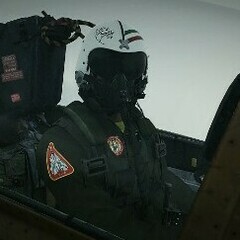
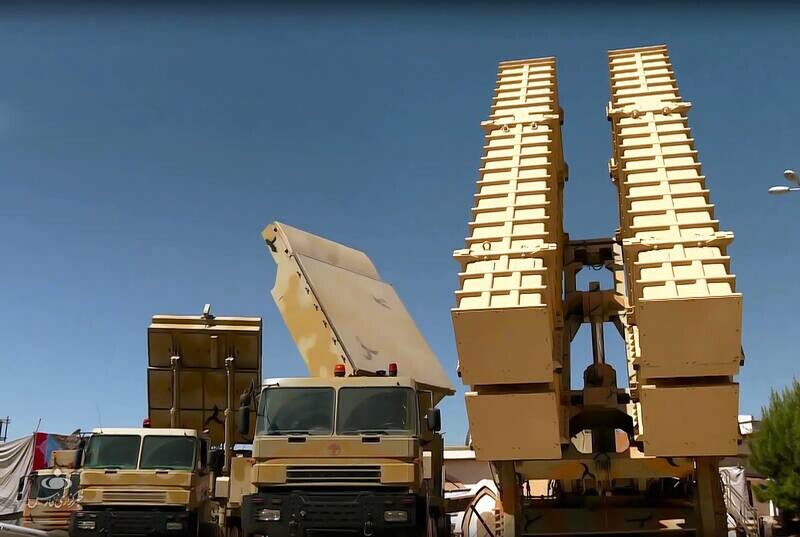
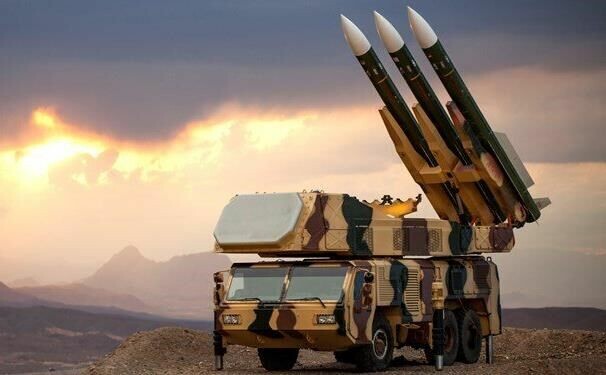
.thumb.jpg.116980a1965e640461606fb3fc576430.jpg)
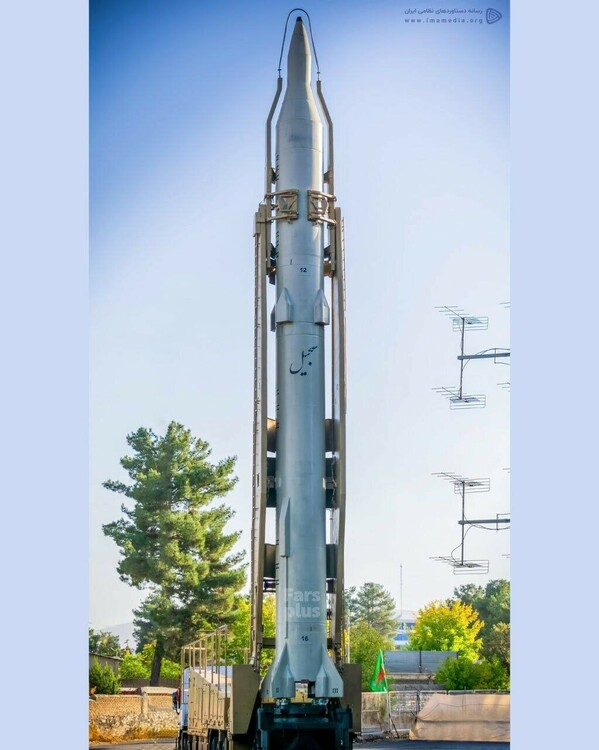
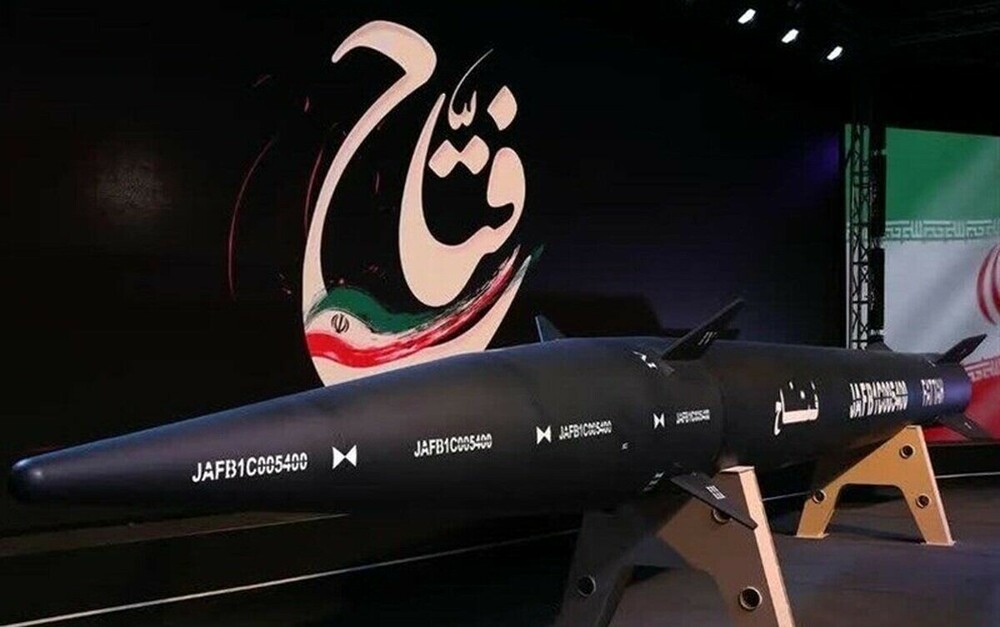
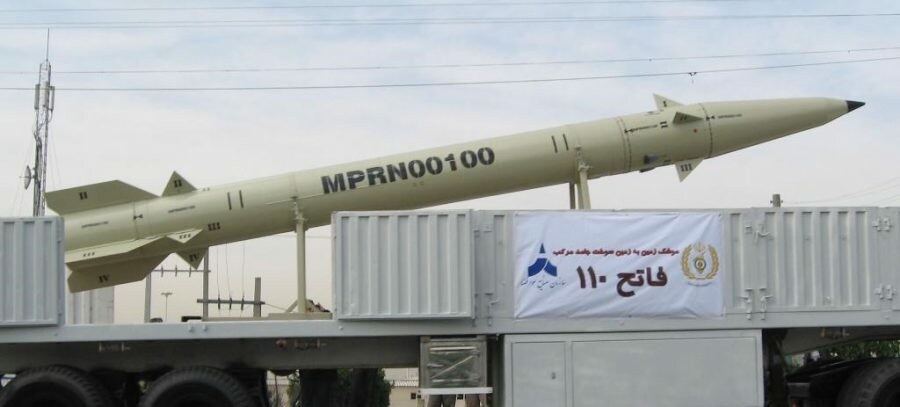
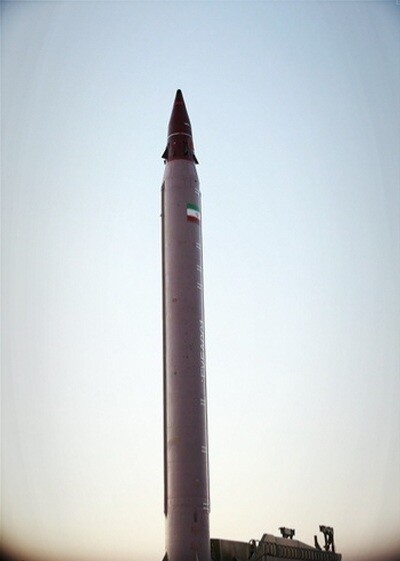
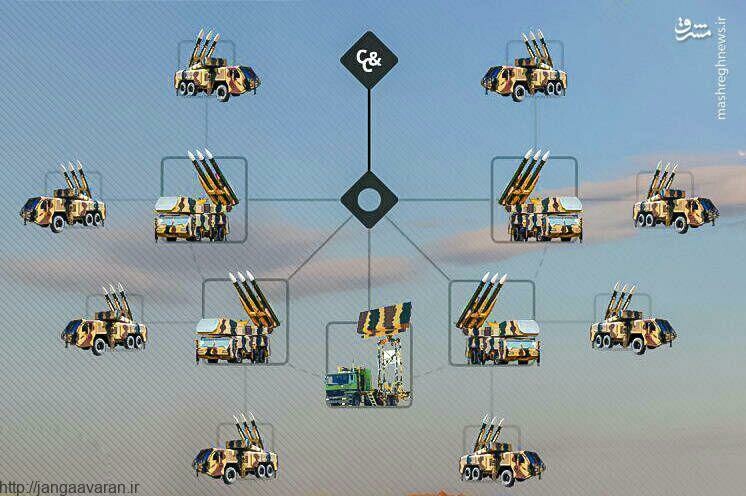
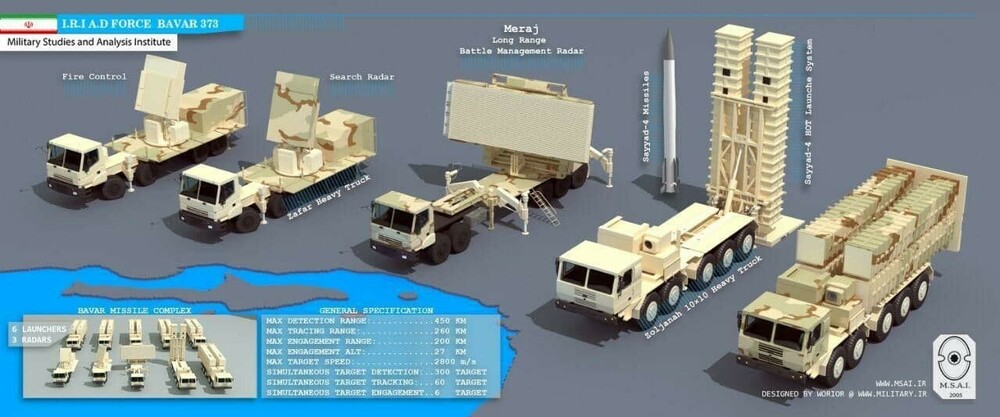
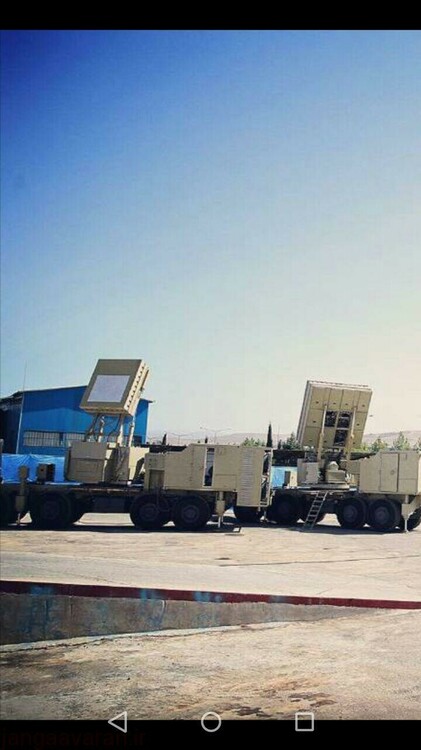
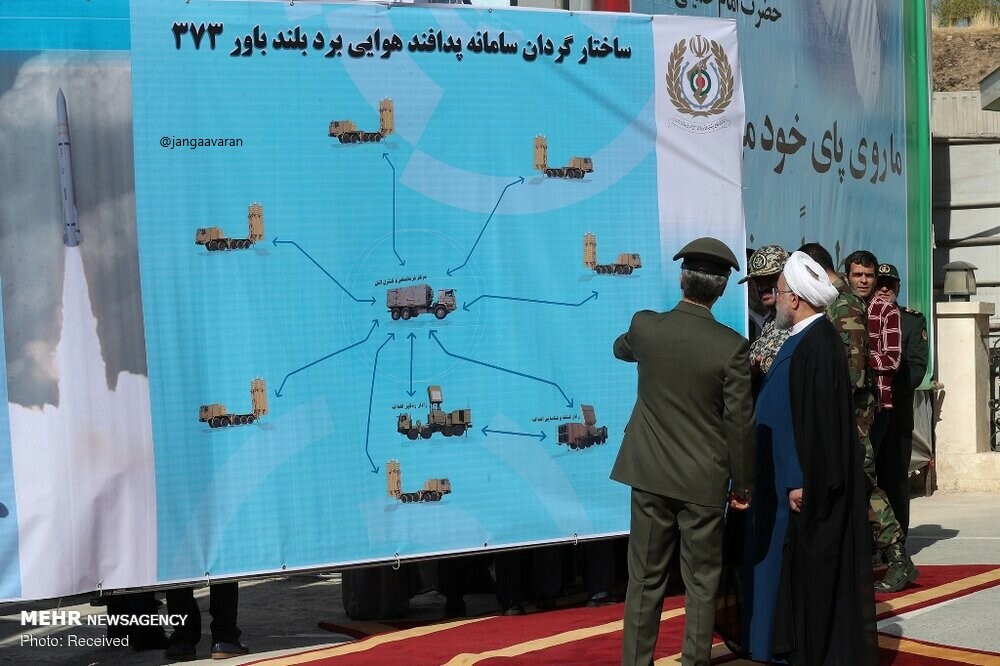

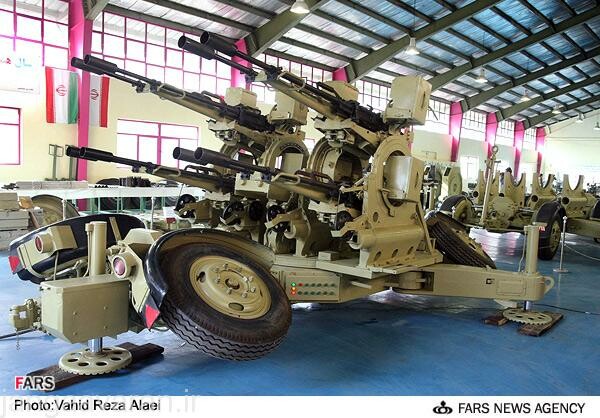
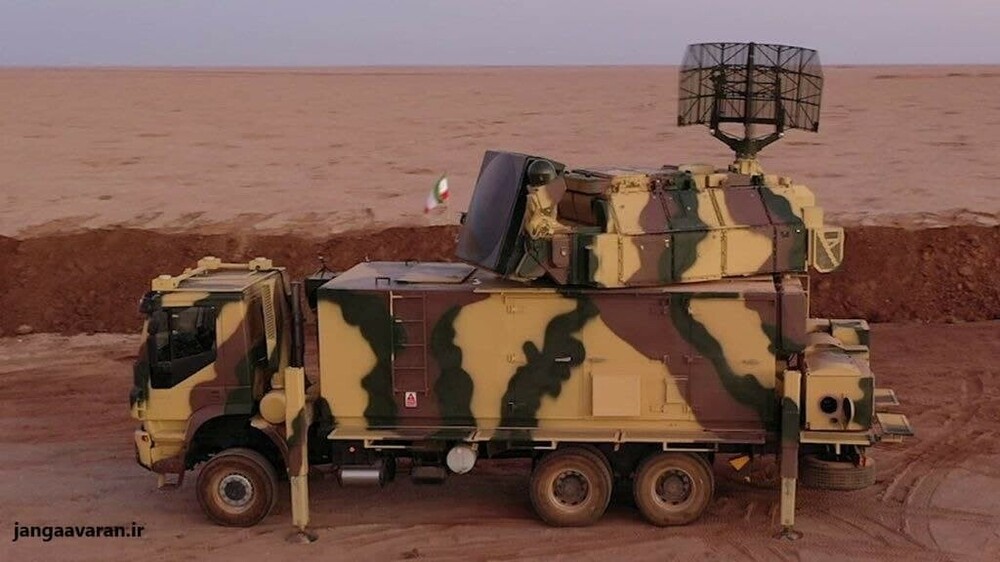
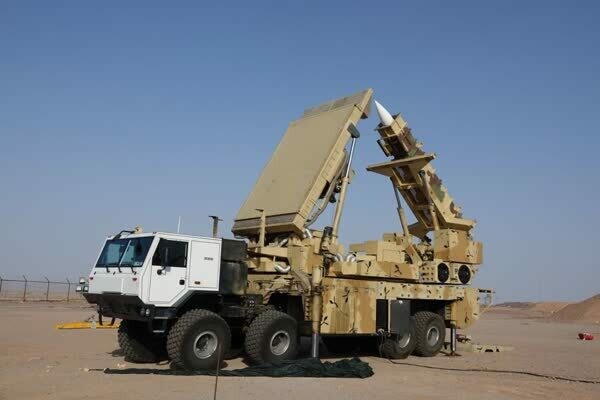

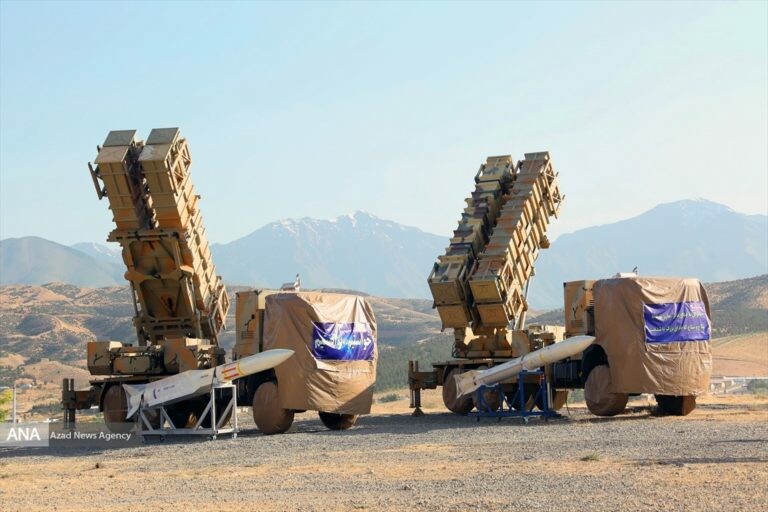
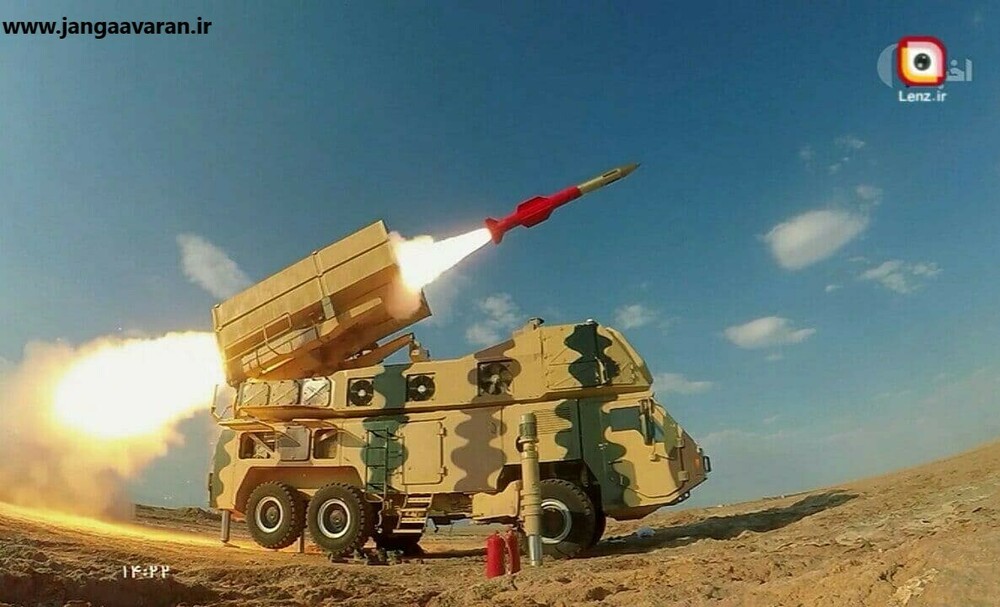
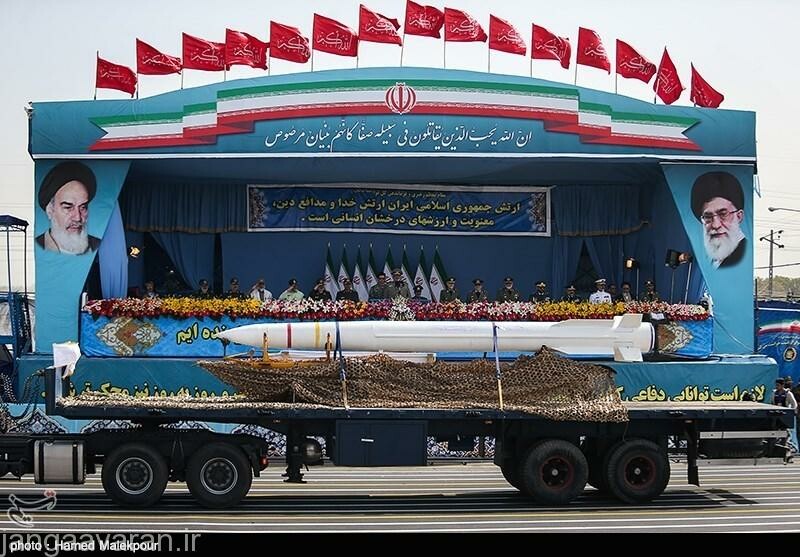
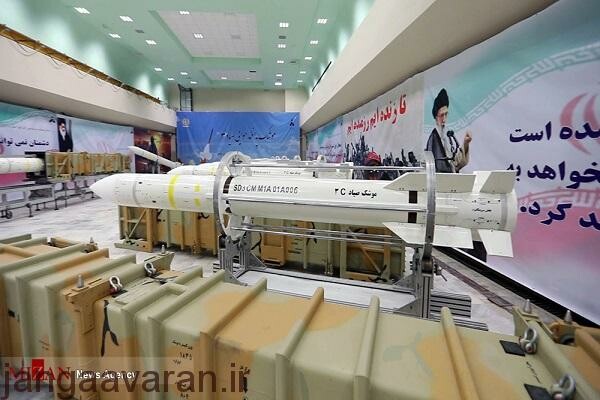
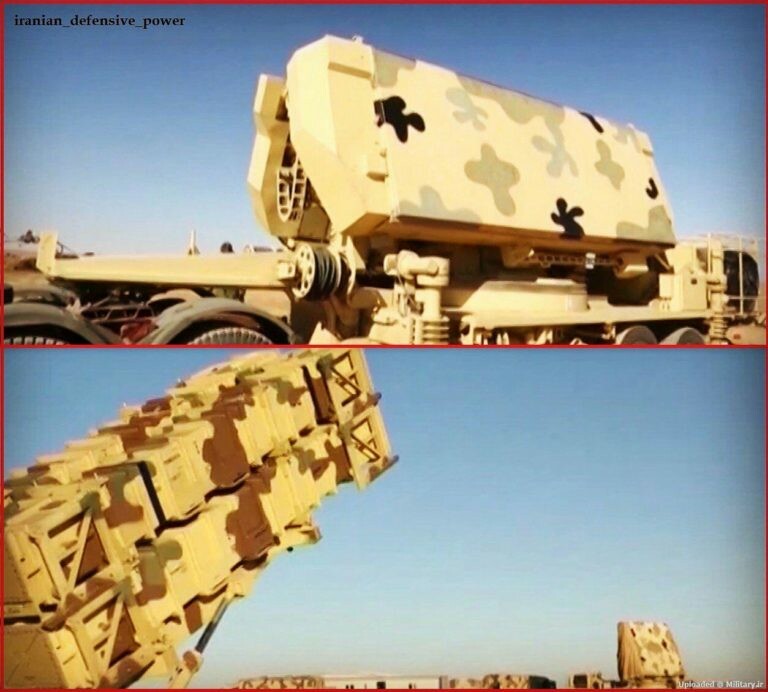
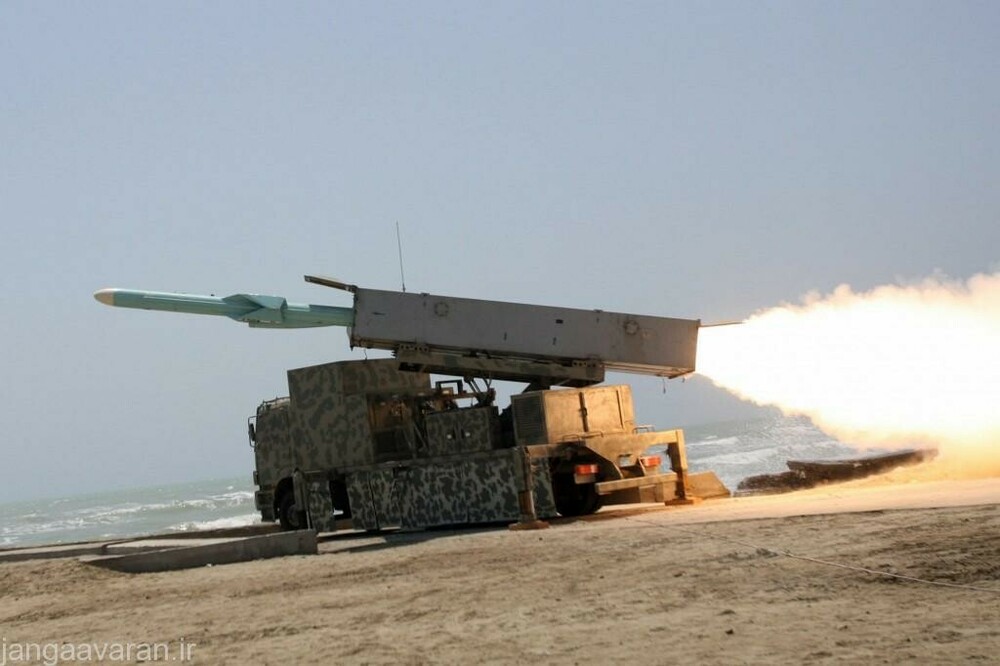
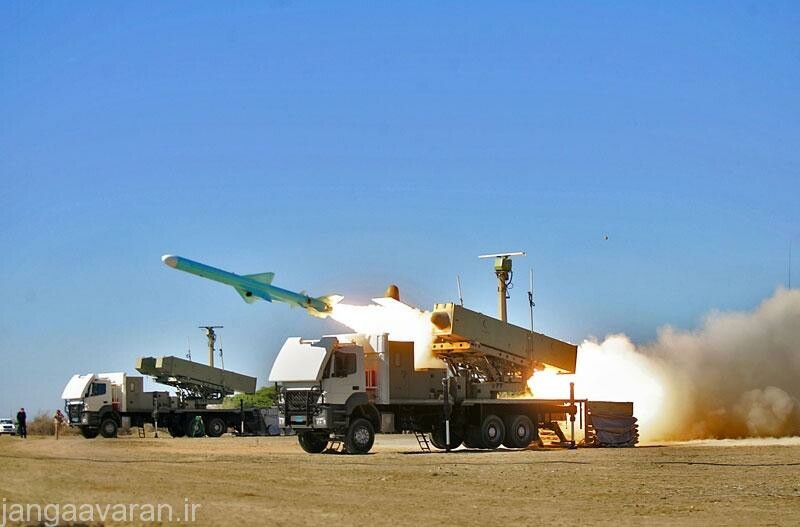
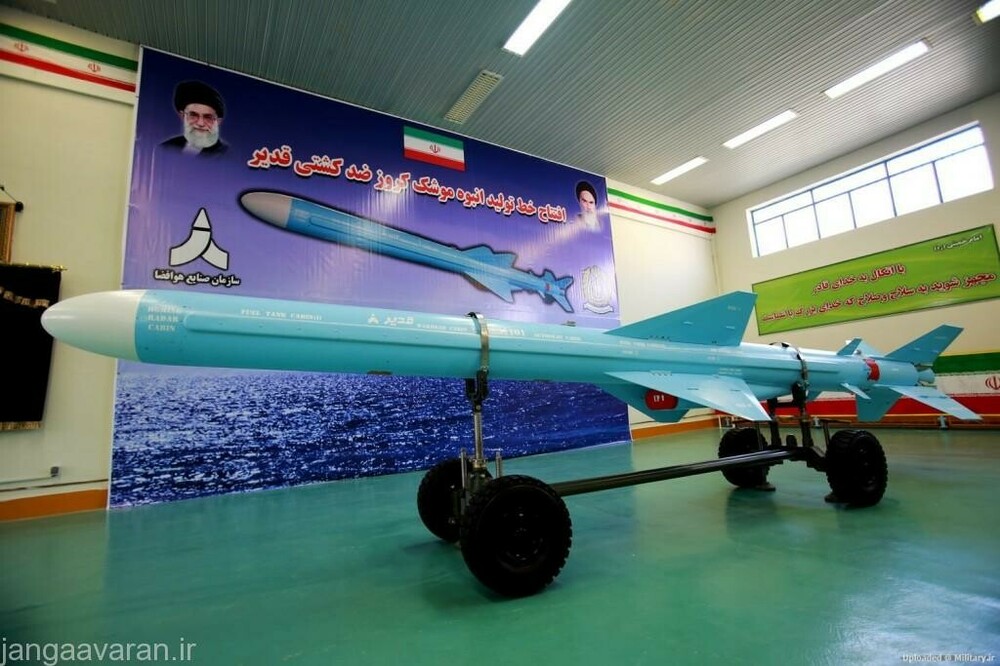
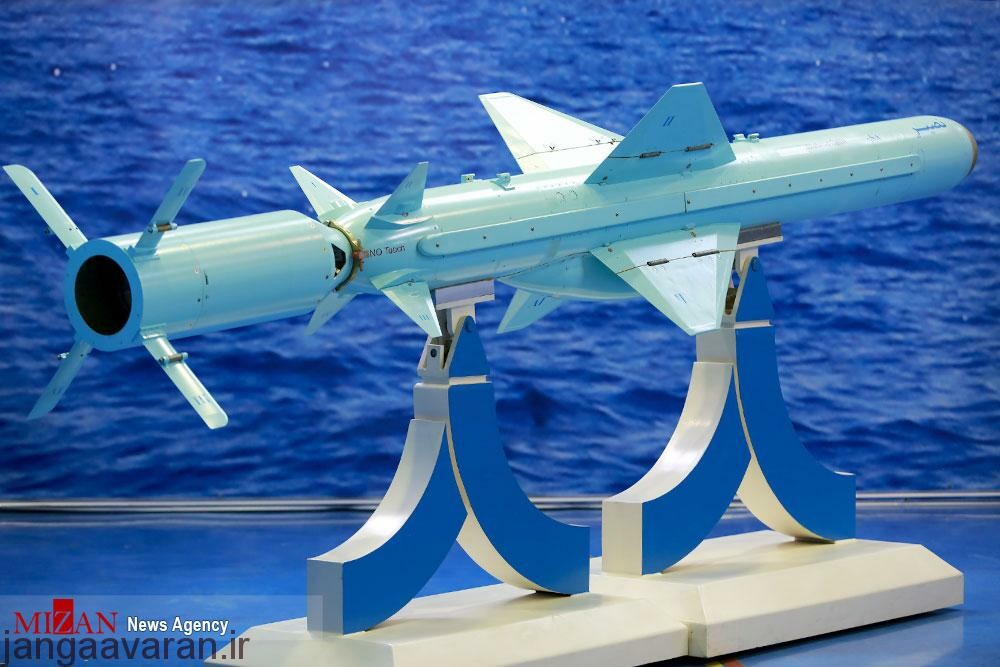
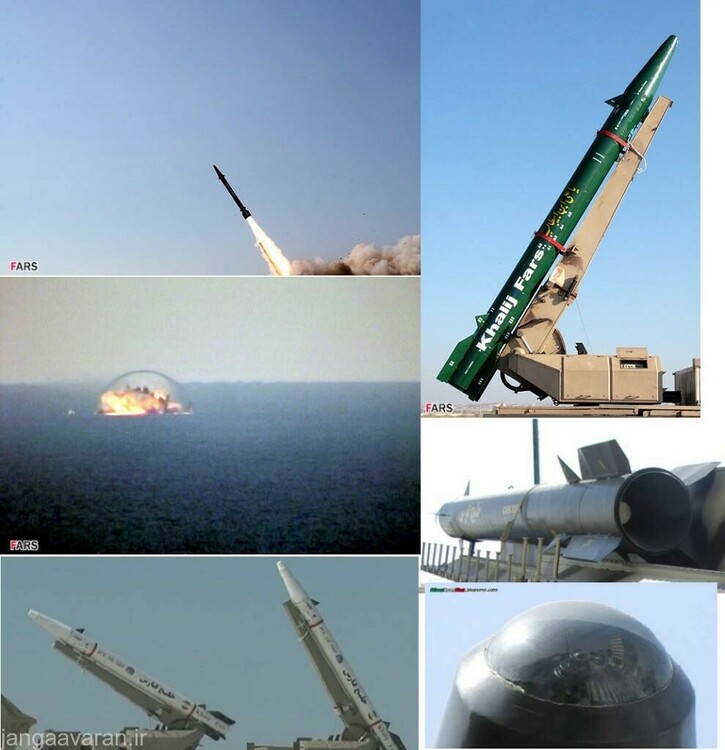
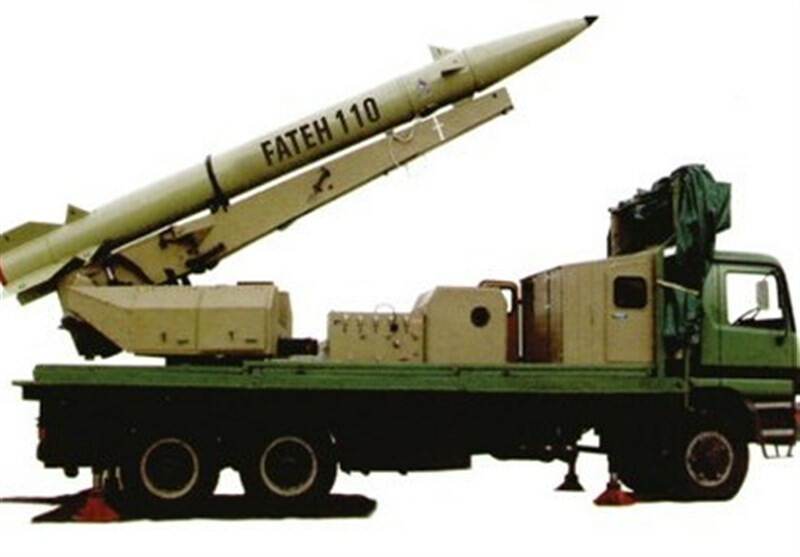
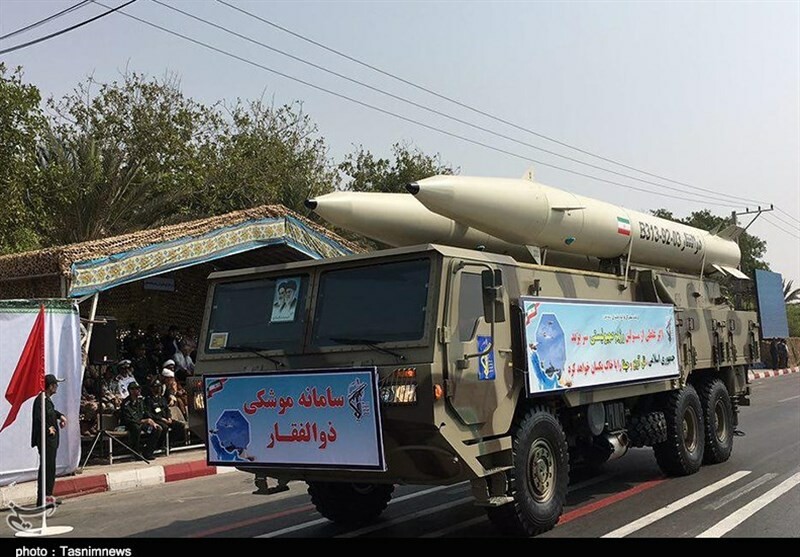
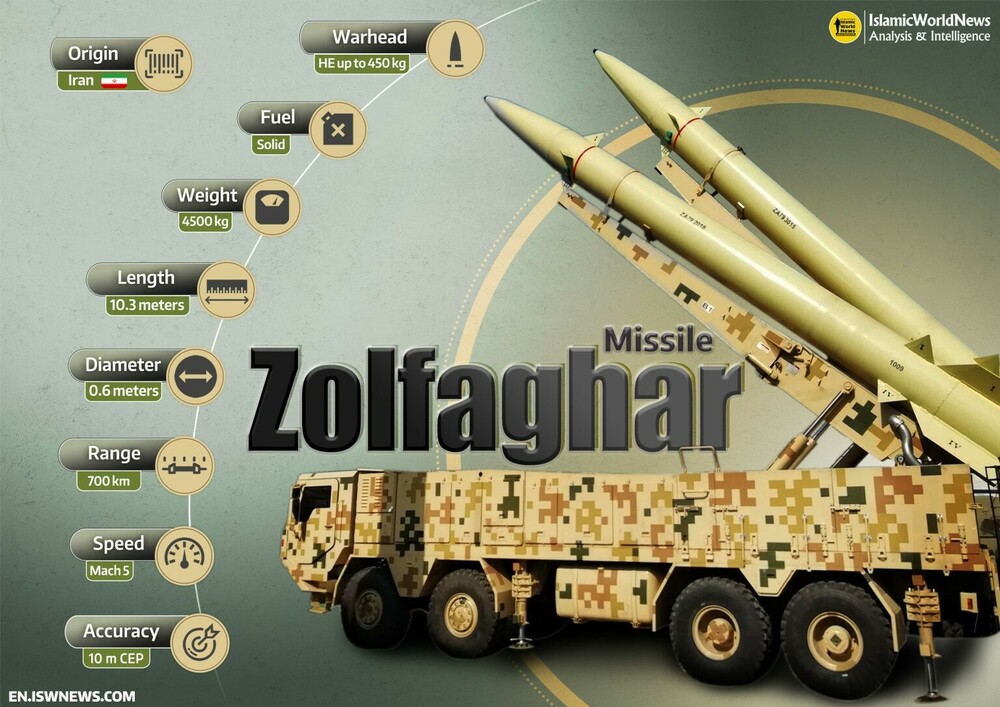
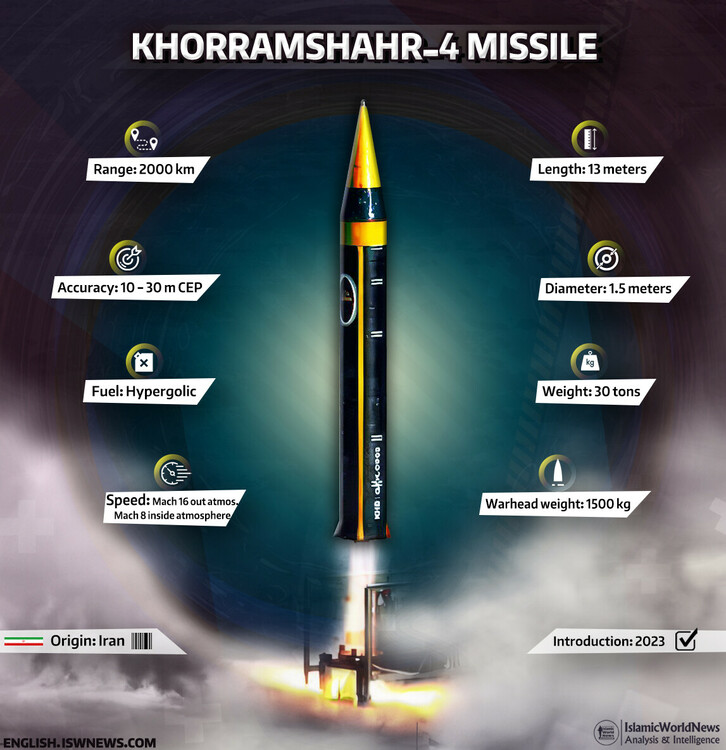
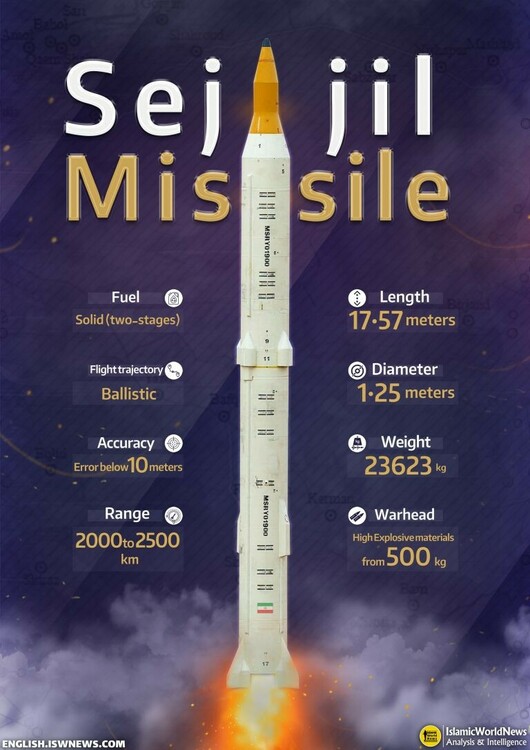
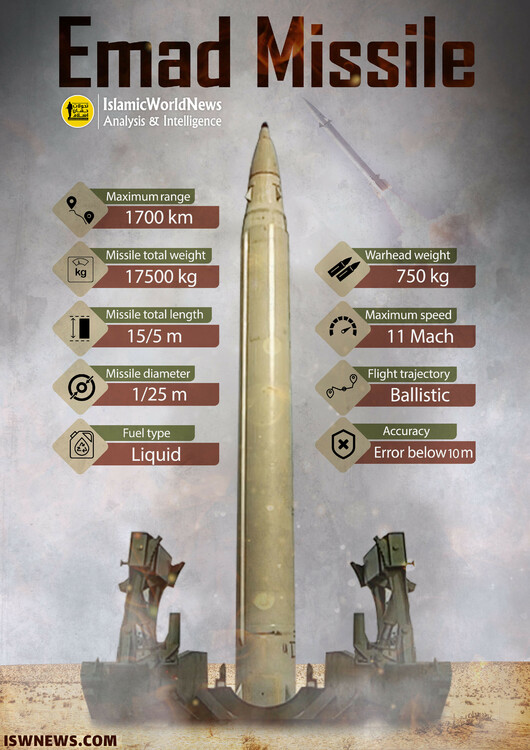
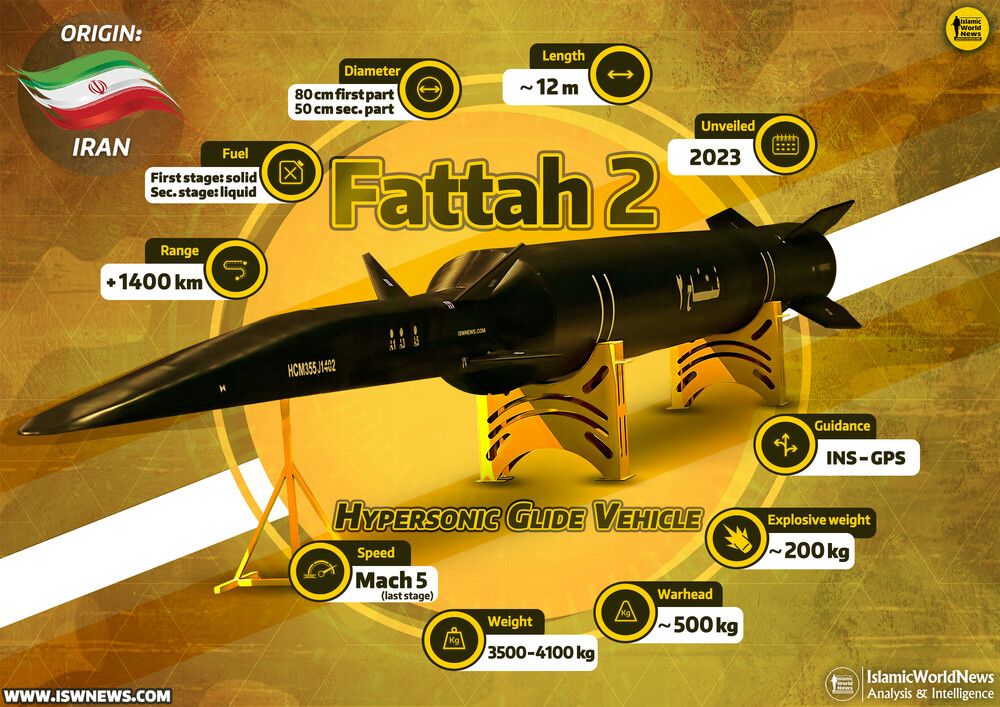
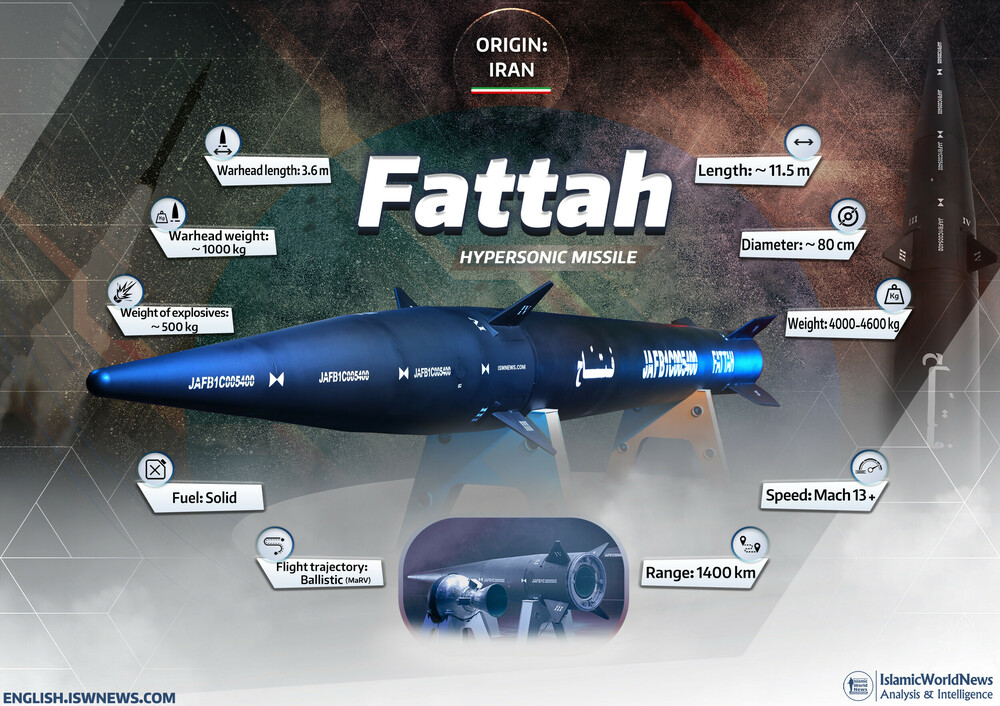

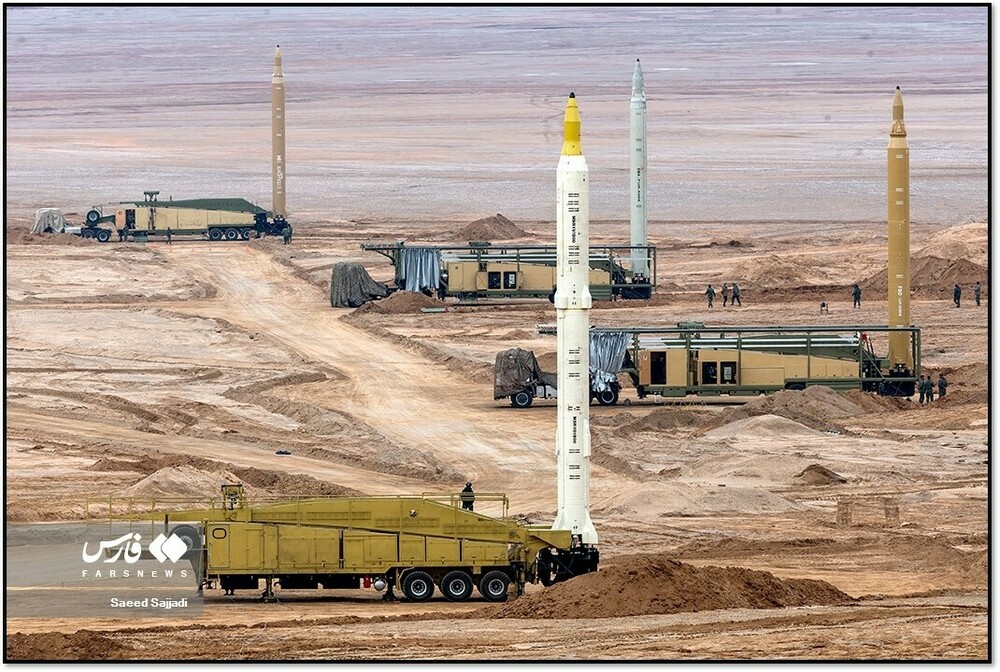
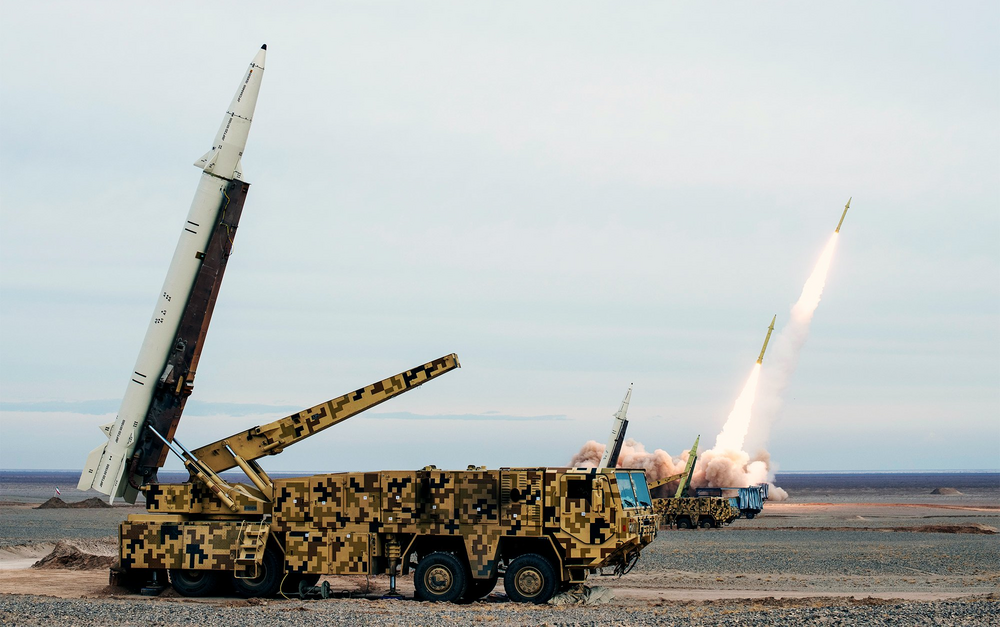
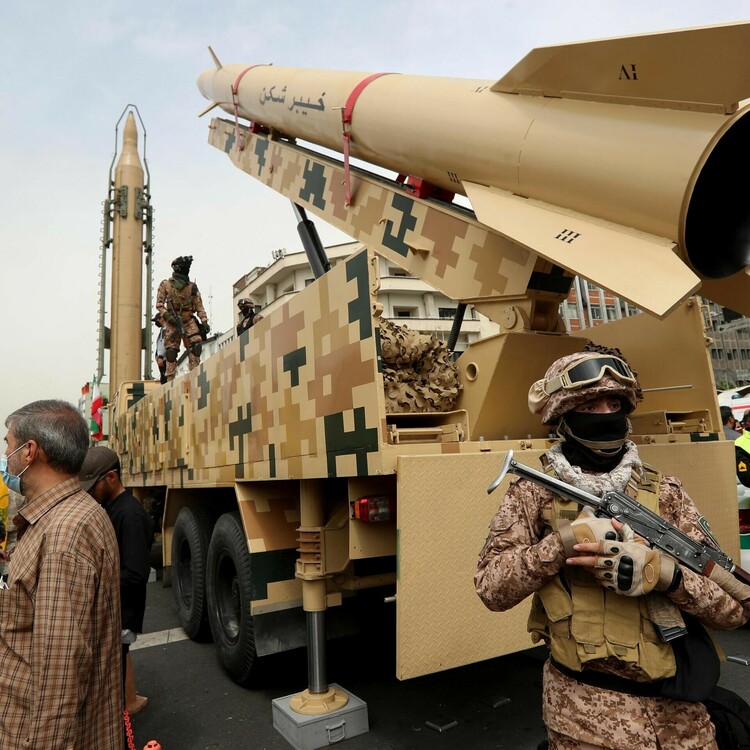
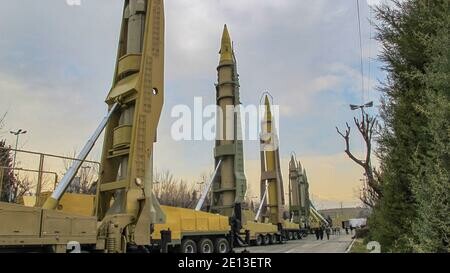
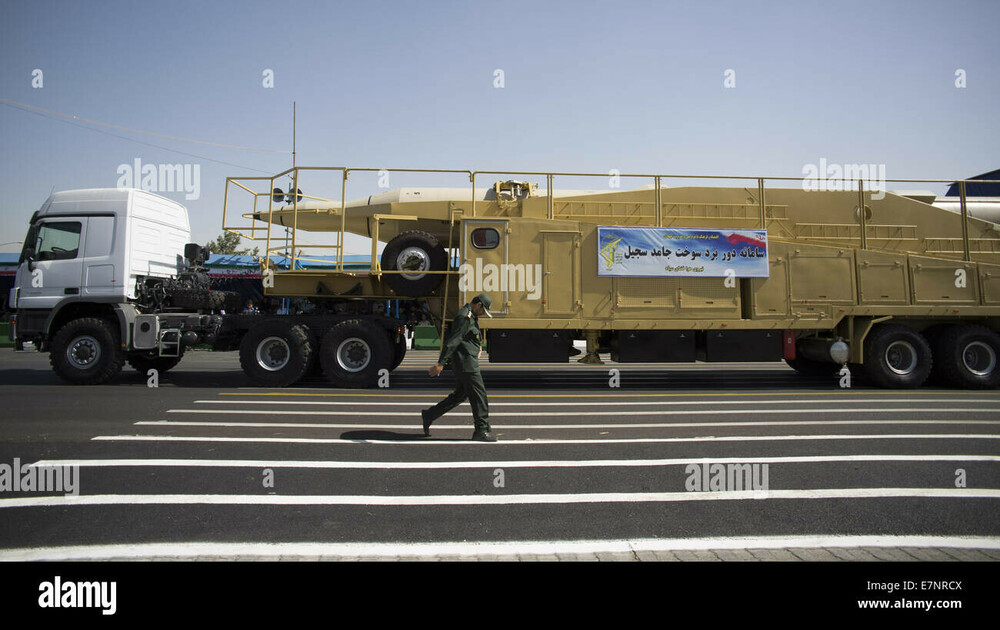
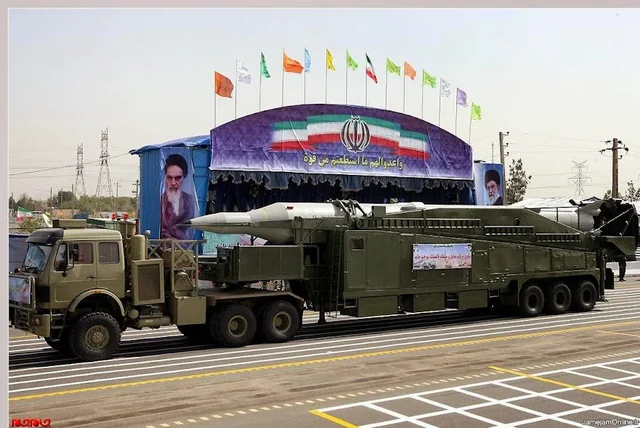





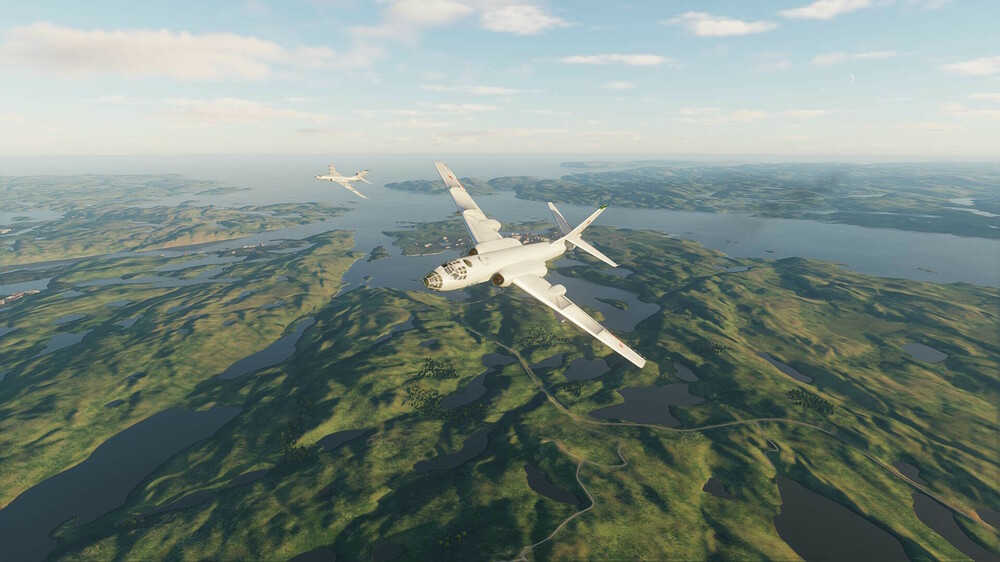

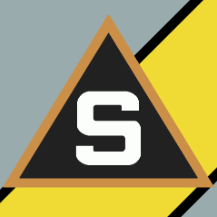
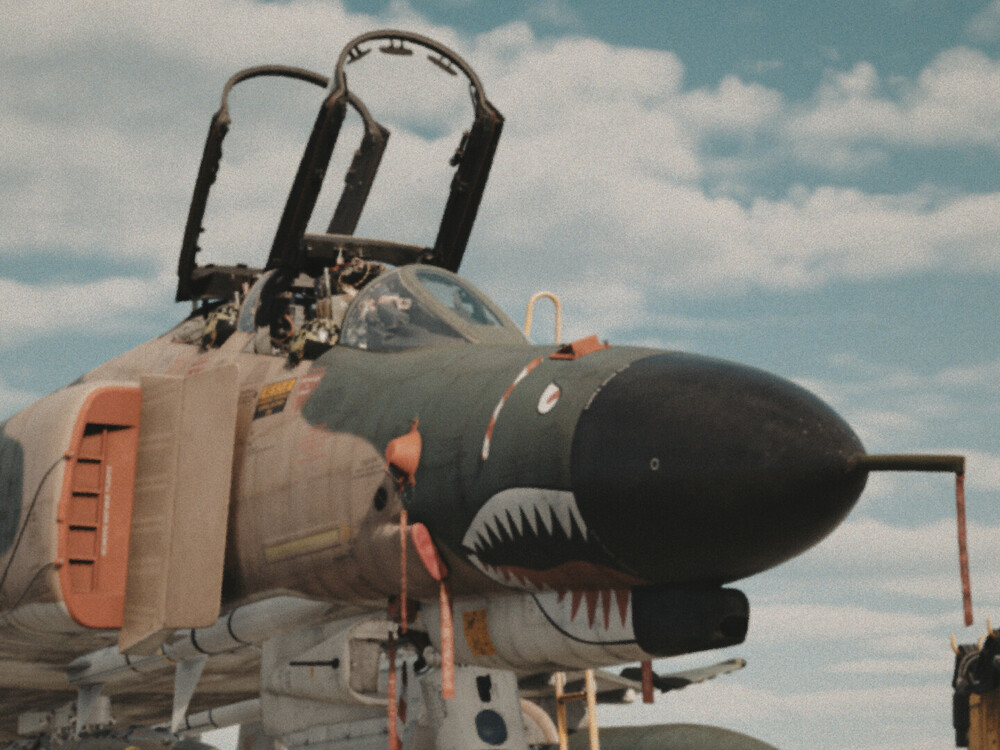
.thumb.jpeg.ff29d7e0524dee222d06c4b0e09841cf.jpeg)

.thumb.jpeg.b9a38a8127c434fd6eba974eb2776d00.jpeg)

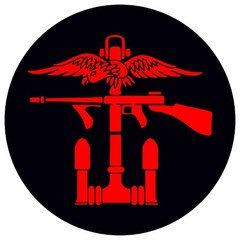

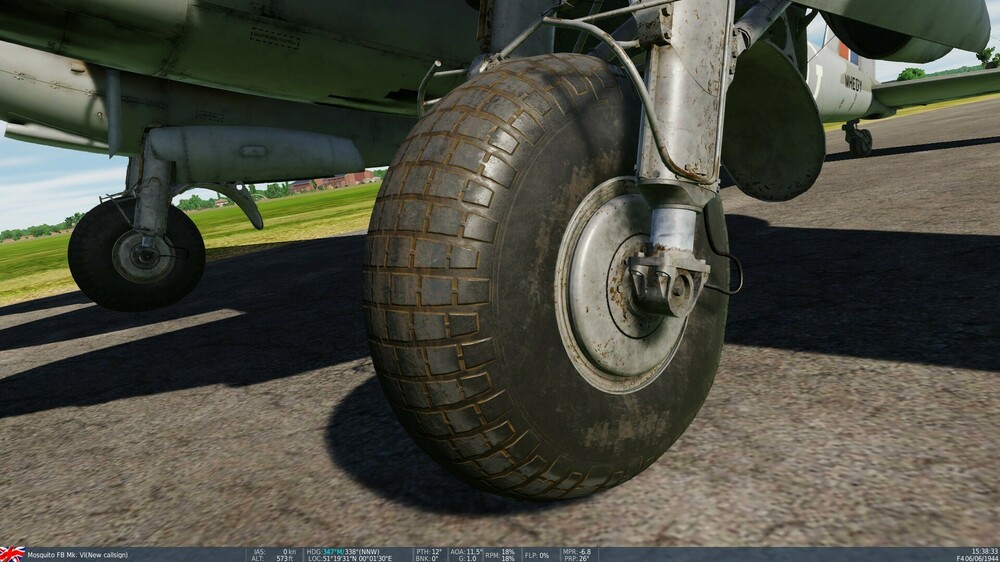
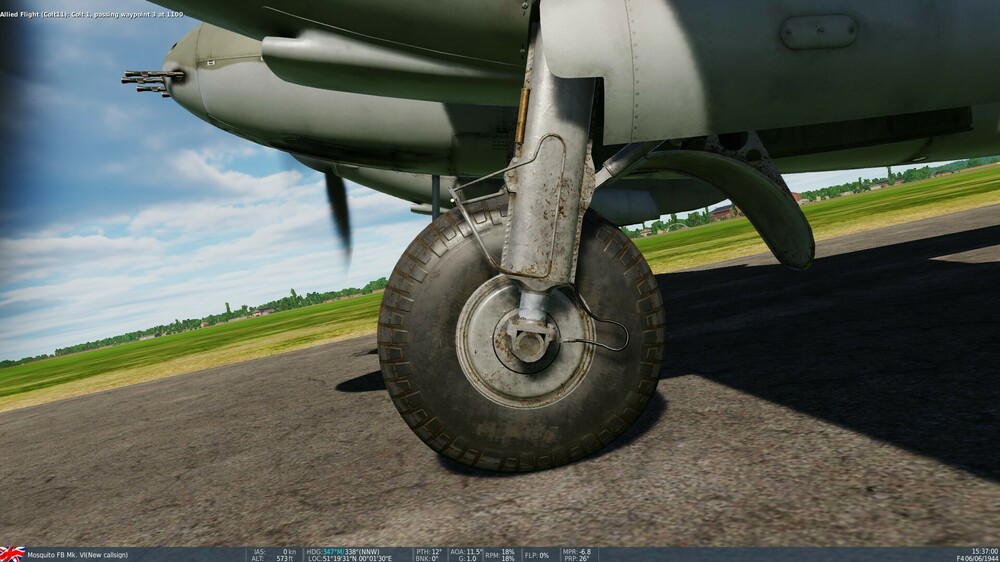
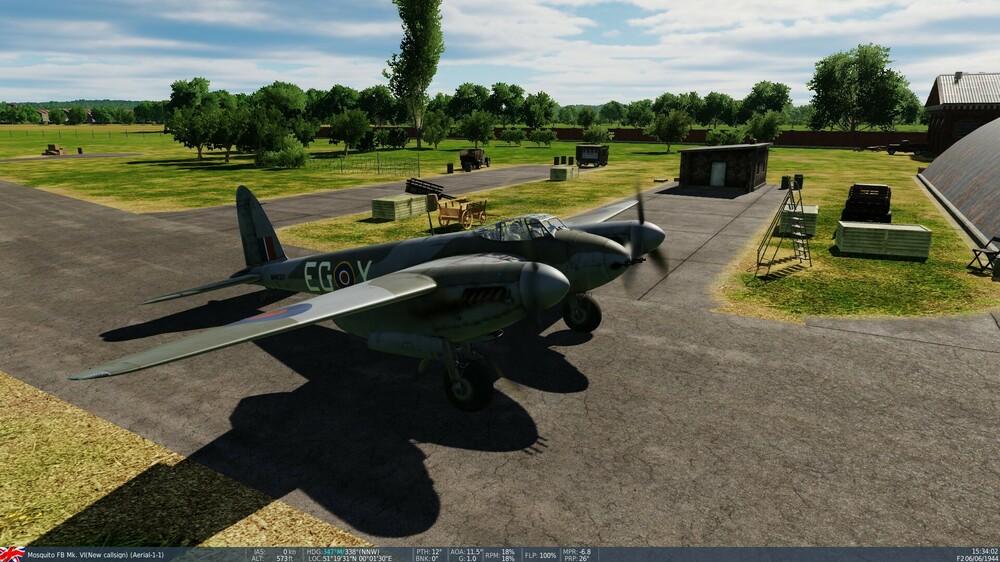
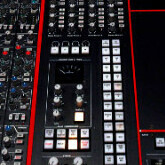

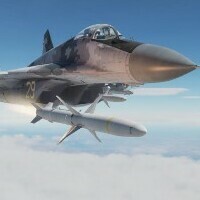
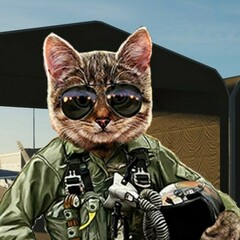
![[MVP] Mugga](https://forum.dcs.world/uploads/monthly_2021_03/MVP.thumb.png.398f5fa5eaf57799a81da76f4cc64fc1.png)



.thumb.gif.70fc1d9f17a74ffc1323c91a8e018477.gif)





